Tag: RRT
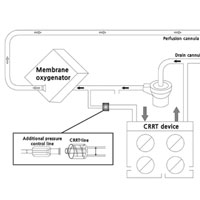
Using Additional Pressure Control Lines When Connecting a Continuous RRT Device to an ECMO Circuit
The present study suggests that the use of additional tubing can be considered a simple and safe method for pressure control and improvement of filter survival when connecting a continuous renal replacement therapy (CRRT)... read more

Fluid Resuscitation: Evidence-based Solutions?
Intravenous (IV) fluid prescribing is one of the commonest tasks carried out by junior doctors. I still remember around this time last year when I was fresh out of medical school and had just been let loose on the wards,... read more
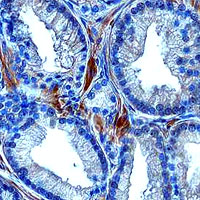
Low-dose Atrial Natriuretic Peptide for Prevention or Treatment of AKI
Theoretically, atrial natriuretic peptide (ANP), especially low-dose ANP, is beneficial in acute kidney injury (AKI). In this study, we examined whether low-dose ANP is effective in preventing or treating AKI by conducting... read more
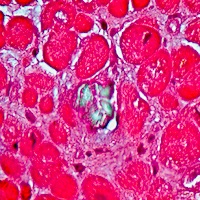
Oxalate Nephropathy Following Vitamin C Intake within ICU
Compelling evidence obtained from in-vitro and animal studies suggest that vitamin C, a circulating antioxidant, may be a valuable adjunctive therapy in critically-ill patients. Data from humans are more conflicting.... read more

Balanced Crystalloids vs. Saline in Critically Ill Adults
Among critically ill adults, the use of balanced crystalloids for intravenous fluid administration resulted in a lower rate of the composite outcome of death from any cause, new renal-replacement therapy, or persistent renal... read more

Fluid Resuscitation with PPD Attenuates Crush Injury-related AKI and Improves Survival
In-hospital renal replacement therapy (RRT) is widely used for the treatments of acute kidney injury (AKI) in crush injury (CI) victims. This study was designed to investigate whether preventive peritoneal dialysis (PPD)... read more
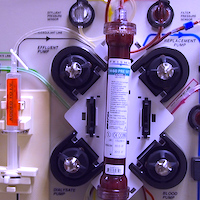
Early Mobilization on CRRT is Safe and May Improve Filter Life
Despite studies demonstrating benefit, patients with femoral vascular catheters placed for continuous renal replacement therapy (CRRT) are frequently restricted from mobilization. No researchers have reported filter pressures... read more

Effects of Baseline Thrombocytopenia and Platelet Decrease Following RRT Initiation in Patients With Severe AKI
Baseline thrombocytopenia and platelet decrease following renal replacement therapy initiation were associated with increased mortality, and baseline thrombocytopenia was associated with decreased rates of renal recovery.... read more
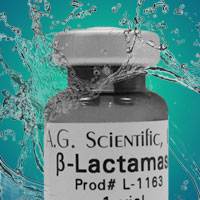
Identifying At-Risk Patients for Sub-optimal Beta-lactam Exposure in Critically Ill Patients with Severe Infections
Conventional beta-lactam dosing is flawed in critically ill patients. Useful tools such as the MeroRisk Calculator need to be comprehensively evaluated clinically, and if successful should be added into clinical practice... read more

Sedation in the ICU – Good Past – Better Future?
The concepts for good sedation include defining the range of sedation, the need for agents with rapid response that can be easily and rapidly varied in restless and confused patients, various modes of ventilation, continuous... read more
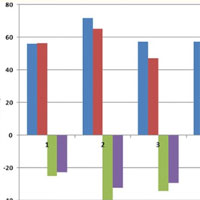
A Positive Fluid Balance is an Independent Prognostic Factor in Patients with Sepsis
Intravenous fluid administration is an essential component of sepsis management, but a positive fluid balance has been associated with worse prognosis. We analyzed whether a positive fluid balance and its persistence over... read more

Continuous RRT – Understanding Circuit Hemodynamics to Improve Therapy Adequacy
The utilization of continuous renal replacement therapy (CRRT) increases throughout the world. Technological improvements have made its administration easier and safer. However, CRRT remains associated with numerous pitfalls... read more
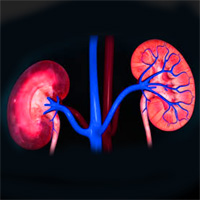
Hospital Variation in RRT for Sepsis in the United States
Use of renal replacement therapy (RRT) in sepsis varied widely among nationally sampled hospitals without associated differences in mortality. Improving renal replacement standards for the initiation of therapy for sepsis... read more

The Great Debate Between Balanced and Unbalanced Crystalloids Continues
This meta-analysis contributes very little to the current discussion mainly because of the heterogeneity of included studies. The use of fluid type in different pathologies isn't really what we need, but rather tailored use... read more




